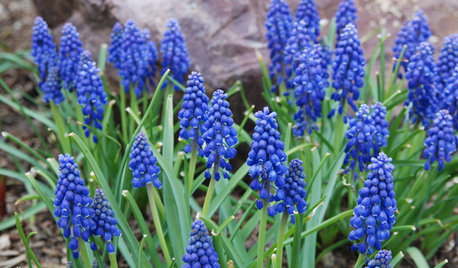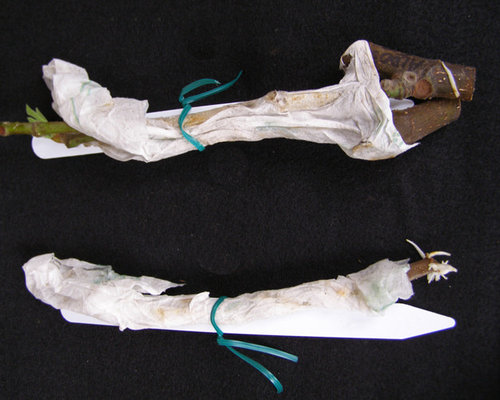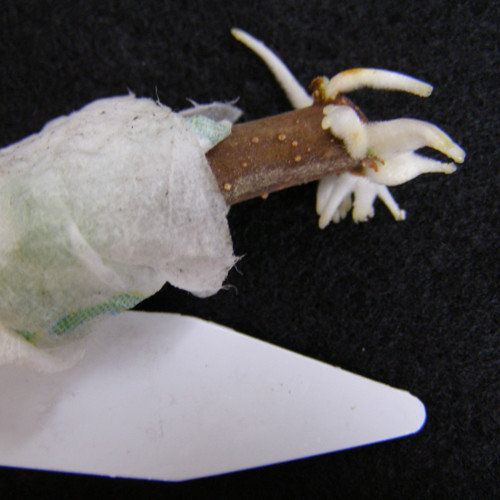Rooting in a bag pix
pitangadiego
17 years ago
Related Stories

ARCHITECTURERoots of Style: Do You Live in a Minimalist Traditional House?
Cottages, bungalows, farmhouses ... whatever you call them, houses in this style share several characteristics. See how many your house has
Full Story
HOUZZ TOURSMy Houzz: Highlighting Farmhouse Roots in a Seattle Suburb
New and old mix with DIY touches in a remodeled 1928 home for a family of 6
Full Story
FEEL-GOOD HOMERejuvenate Your Home With Deep-Rooted Traditions
Give the subtle energies and spiritual side of your home some attention, and watch newfound calm and beauty blossom
Full Story
MOST POPULAR10 Reasons to Get Rid of More Clutter
From a calmer mind to a more workable closet, the benefits of streamlining are just a few trash bags away
Full Story
ROOTS OF STYLEClues to Your Home's Architectural History
Use this quick guide to design themes to identify the era and style of your house's details
Full Story
KITCHEN DESIGNKitchen of the Week: Red Energizes a Functional White Kitchen
A client’s roots in the Netherlands and desire for red countertops drive a unique design
Full Story
REGIONAL GARDEN GUIDESNortheast Gardener's April Checklist
Revel in the wonders of spring by babying bulbs, sprinkling seeds for root crops and setting out some nibbles for the birds
Full Story
GARDENING GUIDESUnleash Your Guerilla Gardener
Toss some seed bombs around the yard for easy, beneficial plantings
Full Story
GARDENING GUIDES7 Ecofriendly Gardening Ideas That Also Cut Chore Time
Spend less time weeding, less money watering and more moments just sitting back and enjoying your healthy garden
Full Story
EDIBLE GARDENSSummer Crops: How to Grow Tomatoes
Plant tomato seedlings in spring for one of the best tastes of summer, fresh from your backyard
Full StoryMore Discussions








leon_edmond
edarena
Related Professionals
Rancho Cordova Landscape Architects & Landscape Designers · Buford Landscape Contractors · Hannibal Landscape Contractors · Harvey Landscape Contractors · La Mirada Landscape Contractors · Mesa Landscape Contractors · Milford Mill Landscape Contractors · Soddy Daisy Landscape Contractors · Tacoma Landscape Contractors · Glasgow Decks, Patios & Outdoor Enclosures · Royal Oak Decks, Patios & Outdoor Enclosures · St. Louis Decks, Patios & Outdoor Enclosures · Catonsville Fence Contractors · Goose Creek Fence Contractors · Maywood Fence ContractorspitangadiegoOriginal Author
gorgi
marylandmojo
massidea
pitangadiegoOriginal Author
marylandmojo
elder
FO876
pitangadiegoOriginal Author
bjs496
marylandmojo
gorgi
gorgi
gorgi
marylandmojo
gorgi
glenn9643
pitangadiegoOriginal Author
gorgi
pitangadiegoOriginal Author
FO876
pitangadiegoOriginal Author
FO876